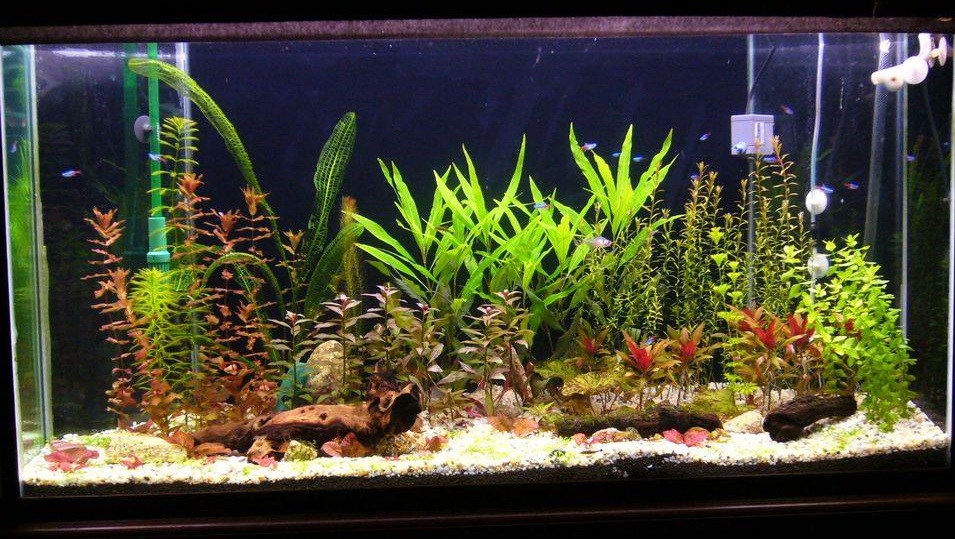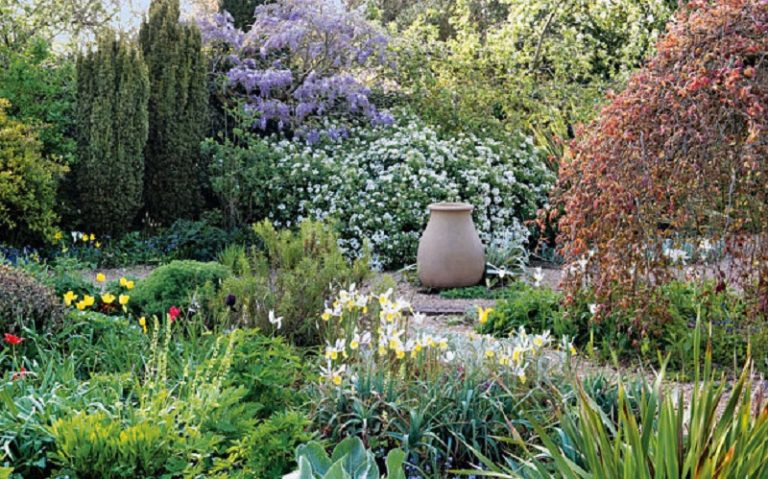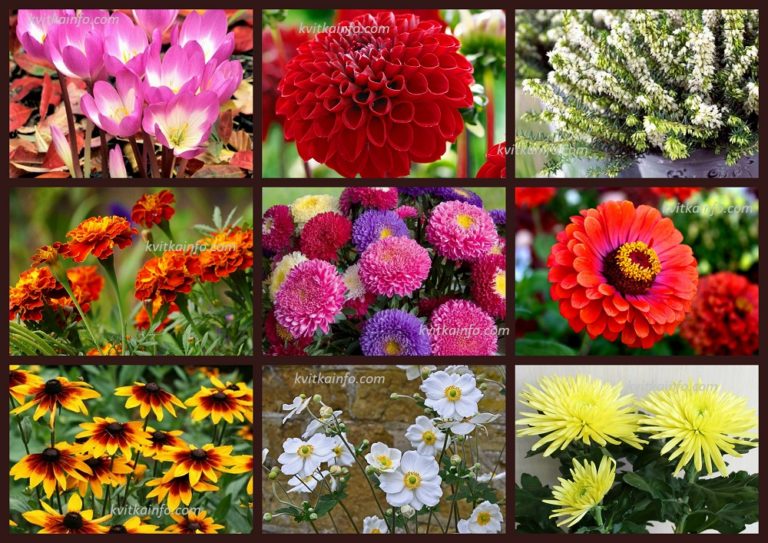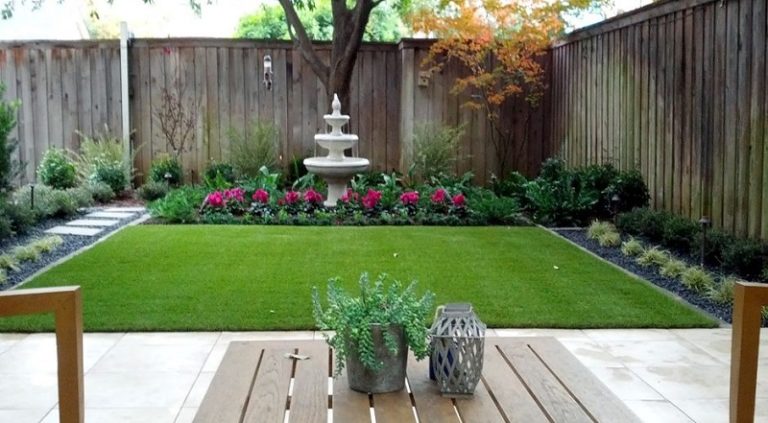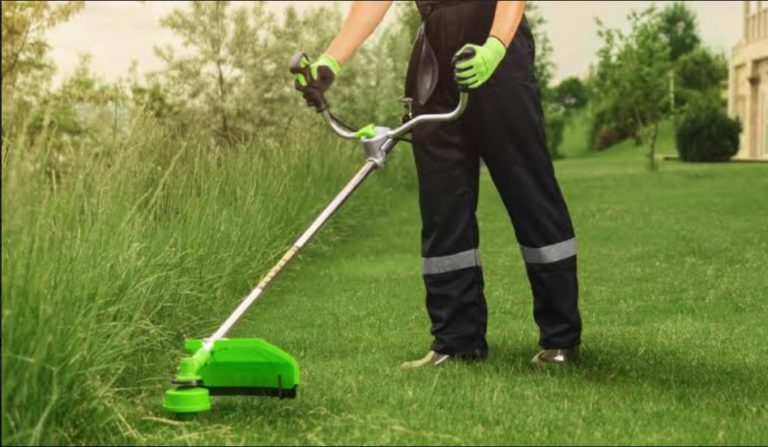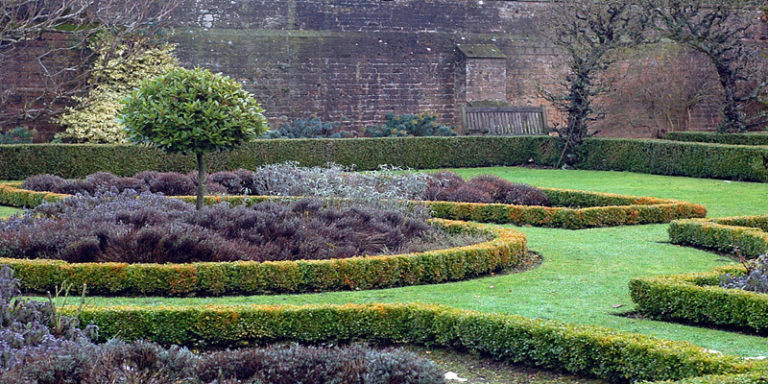How to care for aquarium plants
Any aquarist who keeps fish at home, sooner or later thinks that it would be good to throw a few plants into the aquarium. And this is not surprising. Firstly, it is logical when fish swim next to plants, because this is what happens in wildlife. Secondly, plants for every taste are now in the public domain. Thirdly, there are a huge number of incredibly beautiful plant aquariums on the network, seeing which, it is simply impossible to remain indifferent. There is an irresistible desire to have something at least approximately similar at home.
Even the smallest but lively plant in the aquarium gives it a different, more interesting and more natural look. Beginners often call aquarium plants algae, but this is completely wrong! Algae are exactly what you don’t need to have in your aquarium, these are lower varieties of plants. These are harmful fouling on glass, stones, decorations and plants. Their appearance signals certain problems in the water.
Artificial and live plants in the aquarium. What to choose?
There are many artificial plants for the aquarium of all shapes, sizes and colors, which in some places resemble living ones. So why not decorate your aquarium with such plants? It will always be beautiful, and why complicate your life with living plants that need care and it is not known whether they will take root at all? – you ask.
Of course, artificial plants have the right to life, and many decorate aquariums with them. Often these are in cafes, bars, restaurants or shopping malls. The light in these aquariums can not be turned on often, fish do not particularly need it, unlike living plants. Of course, they require less maintenance, although over time such decorations become overgrown with algae and lose their original aesthetics.
The question here is what exactly you are trying to get – a static picture or a full-fledged piece of nature that changes and develops every day. Plants enliven the aquarium itself. Without them, the aquarium is just a jar of water and fish.
Unlike artificial ones, living plants perform not only a decorative function, they become an important element of the biosystem. As you know, plants absorb carbon dioxide and release oxygen, which the fish breathe. They also absorb excess organic matter from the aquarium, which is formed as a result of the vital activity of fish. Only a soil siphon and regular water changes are indispensable, and food debris and excrement, decomposing, saturate the water with ammonia, which is harmful to fish. But bacteria process it into nitrites, and then into nitrates, which plants are already able to absorb. Thus, they prevent algae from developing and fish from being poisoned. In the case of artificial decorations and plants, all this remains in water and soil, no filter is able to completely purify the water.
In addition, the plants in the aquarium are both a source of food (in a grass aquarium, the fish will always find something to eat), and a shelter for fry and smaller fish.
They can also significantly help in starting an aquarium, populating with beneficial bacteria, and establishing biobalance in the water. This is the cycle that takes place in the aquarium.
Decorating aquariums with live plants has become the art of aquarium composition – aquascape. This is an imitation of a natural landscape in an aquarium: forests, glades, mountains, rivers and waterfalls. It happens that this type of aquarium in photographs is difficult to distinguish from the real landscape. Aquascape was originally just a local phenomenon associated with the concept of a “natural aquarium” put forward by Japanese photographer and designer Takashi Amano. Now there are entire international aquascape exhibitions.
But this is the next stage to which you can aspire. First of all, you need to understand how everything works in a plant aquarium. What do you need for live plants in an aquarium?
First of all, you need to understand that the environment in which aquarium plants grow is different from the environment of indoor, garden, and even lake and marsh plants. They grow in a closed water system, limited in resources. These resources are replenished through partial weekly water changes.
Also read: How to take care of an aquarium?
When there are a small number of plants and fish, they help each other coexist. If there are a lot of fish and few plants, then additional aeration is needed to saturate the water with oxygen. If you want to make a herbalist aquarium with a large number of plants, in which there will be few fish, then you cannot do without an additional supply of CO2 and fertilizers. A balance of light, CO2 and nutrients is needed. The main thing is no excess.
There are several important components to growing aquarium plants:
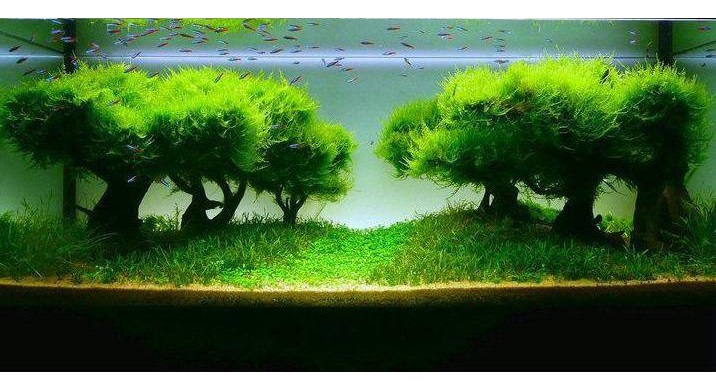
1. Light
Perhaps the most important component for successful growing plants in an aquarium, without a doubt, is lighting. It is thanks to light that the process of photosynthesis is possible, and therefore the consumption of organic matter and the growth of aquarium flora. With or without poor light, plants will not grow at all and will simply disappear over time. Moreover, without light from plants in the aquarium, there will only be a pity, because instead of helping in biological processes, they will rot and spoil the water.
Often, standard lighting (standard aquarium lamps in standard covers) is not very bright and not very suitable for plants. However, you should not immediately run to buy some expensive branded lamp, first try with what you have.
Therefore, for plants, the length of daylight hours, the spectrum and power of the light source matter. It is also important that the light is uniform over the entire area of the aquarium.
Lighting should be immediately from the time of planting. At the beginning, daylight hours should be kept at the level of 4-5 hours. Some still shine for 5-6 hours. Then there are fewer problems with algae fouling, the plants grow more slowly but steadily.
In a stable aquarium, the light is left for 8-10 hours. To make it turn on and off at the same time, you can purchase an outlet with a timer.
It is advised to keep the brightness of the lighting at the rate of 0.5 W per 1 liter of water or 40 lumens per 1 liter.
But the most correct thing is to focus on lux, that is, on the illumination of the surface of the water. It is believed that normal photosynthesis requires illumination from 1000 to 10000 lux below the surface of the water. But this can only be measured with a luxometer, so aquarists continue to focus more on cotton wool and lumens.
It is worth remembering that plants are constantly competing with algae for nutrients. So if there is too much light, and everything else is not enough, algae will grow faster than plants, because they can be content with less. The same is true for any other distortion. Let’s not forget about the balance of light, CO2 and nutrients.
In any case, the main indicator will be the condition of the plants.
2. Soil
The soil in the herbalist aquarium has several functions. In addition to being decorative and substrate for planting, it is an element of the entire biological filtration system. With good circulation, water passes through the soil, where it is purified by beneficial bacteria.
Nowadays there are all kinds of nutrient substrates and living soils on sale, but for beginners you should not start with this. It is better to take neutral soil, such as quartz, pebbles, gravel. There are also artificial soils, which have also proven themselves well.
The soil should not be too shallow, because it will sour, but not too large to perform its cleaning function.
The fraction won’t really matter if you’re only planning on anubias or floating plants like hornwort and duckweed. They perfectly absorb nutrients from the very thickness of the water.
But plants such as cryptocarina, valisneria, echinodoros have root nutrition and love silted soil.
So first decide on the plants that you want to see in the aquarium, and then select soil for them.
The optimal soil layer is 5-7 cm. It is worth pouring a larger layer near the back wall of the aquarium: this creates a better perspective, and this adds depth. In a densely planted herbalist, the soil does not need special attention, it is rarely siphoned or not done at all.
Also read: First aquarium launch: step by step
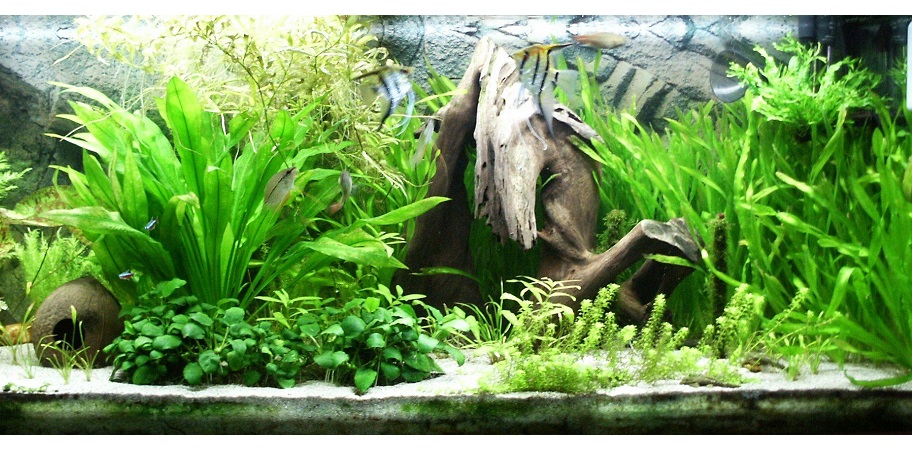
3. Water
Most plants like soft or medium hard water (dH 6-10 °) with a pH acidity level in the range of 6.5 – 7.5. The average temperature is 24 ° C.
For simple and unpretentious plants, tap water is also suitable, which can be defended for a day beforehand. It has the necessary macro- and microelements and even nitrates. Therefore, during weekly substitutions, the supply of these substances is also replenished.
Water circulation is important, thanks to which there is a constant flow of nutrients to the plants.
You should not take purely distilled or osmosis water for the aquarium without special remineralization. At the same time, such water can be used for softening by mixing with tap water.
If you do not have settled water, you can heat the water from the tap without bringing it to a boil. In this case, all harmful chlorine will disappear from it. After cooling, such water can be added to the aquarium.
4. Carbon dioxide
As we know, plants absorb carbon dioxide in light, this is their main source of nutrition. Carbon dioxide also affects the acidity level in the aquarium. With an increase in its concentration, the pH level decreases.
In natural reservoirs, plants use CO2 dissolved in water. Due to the huge volume of water, its concentration there is quite constant, which cannot be said about home aquariums. Aquarium plants quickly consume all the dissolved CO2 from the water, and its recovery does not occur by itself, because it is a closed system. Aquarium fish exhale only a tiny fraction of CO2. However, if there are few fish, the plants grow loosely, and the daily lighting is moderate and short (5-6 hours), this amount of CO2 may be enough for plants that are not too picky.
If you decide to create a herbalist or aquascape, then you cannot do without supplying CO2 to the aquarium. To do this, balloon systems or home-made devices based on mash or Kipp’s apparatus are used. Liquid CO2 is also available for sale.
How to plant plants in an aquarium
When planting plants, consider their size. Low-growing plants are usually planted in the foreground – mosses, anubias, richia, hemianthus, sitnyag. For a medium plan, bush plants are suitable: cryptocorynes, echinodoros.
Plants with long stems are planted along the back wall: valisneria, rotala, ludwigia.
There are plants that can be attached with thread or glue to stones and snags, they will grow there. For this, anubias, bucephalanders, mosses are suitable.
It is worth noting that plants will not be able to grow normally with all fish. For example, goldfish or cichlids are perceived by most plants as food. In this case, you can take some hard-leaved (anubias) or fast-growing ones that can quickly recover (hornbill, pistia, nayas).
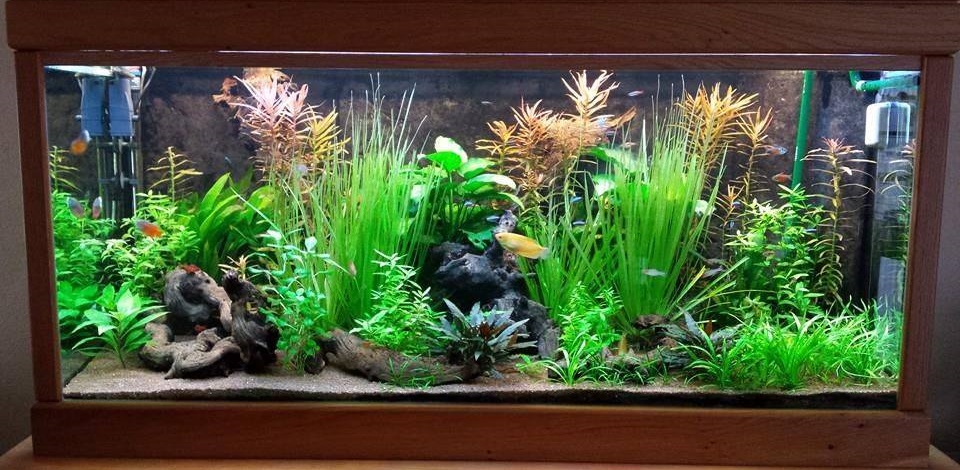
What plants are suitable for your aquarium?
There are plants that are unpretentious and very whimsical, which require certain water parameters, the constant presence of macro- and microelements and bright light – hundreds of varieties of plants that aquarists successfully grow in their artificial reservoirs.
If you are a beginner or kept fish, but did not deal with grass, then it is better to first plant unpretentious and fast-growing plants: valisneria, hornbill, elodea, anubias, certain varieties of cryptocarina, cladophora.
When they grow, you can try to plant other species. Despite all kinds of advertising lures of water stores, you should not use any chemicals at the beginning. Understand the processes, take a closer look at which plants grow better – and then you can choose exactly those that suit the parameters of the water and other conditions in your aqua.
Purchased plants are carefully examined, diseased and rotten parts are removed, the roots are cleaned of dirt and rinsed in water. For prevention, they are immersed in a light solution of potassium permanganate. This is protection against possible infections and bacteria.
In plants with a shortened stem and a powerful root system, the roots are thinned, and what is left is cut to a length of 2-3 cm. In plants with a small number of thin roots, they are not touched or pruned very moderately.

